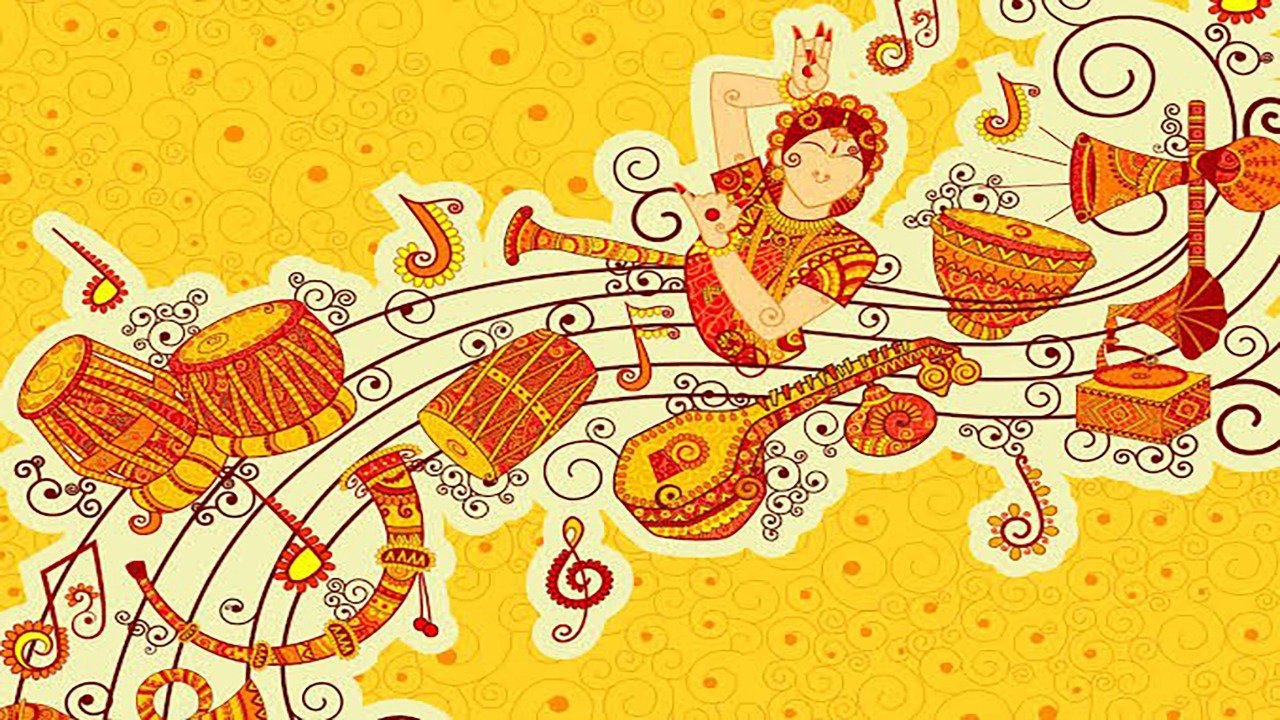Introduction:
Indian classical music is a rich tapestry of various musical genres, each with its distinct style and essence. Among these genres, Kajri holds a special place as a soul-stirring melody that captures the essence of the monsoon season. Originating in the northern regions of India, Kajri is a traditional folk song that celebrates the beauty and emotions associated with the rains. With its rhythmic patterns and emotive lyrics, Kajri has enchanted audiences for centuries, leaving a lasting impression on the hearts of music lovers.
Historical Significance:
Kajri traces its roots back to the regions of Uttar Pradesh and Bihar, where it originated as a folk tradition. It is believed that the song form evolved during the medieval period when the powerful monsoons greatly influenced the lives and culture of the people in these regions. Kajri emerged as a musical expression of the joy, longing, and romance associated with the arrival of the rains.
Musical Elements:
Kajri is typically sung in the semi-classical style, blending the folk elements with the nuances of Indian classical music. The composition follows a specific raga, which sets the mood and emotional tone of the song. The most commonly used ragas for Kajri are Desh, Malhar, and Miyan ki Malhar, known for their ability to evoke the essence of the monsoon season. The rhythmic structure of Kajri is usually based on the Dadra or Kaharwa talas, which give the song a lively and enchanting character.
Lyrics and Themes:
The lyrics of Kajri revolve around the themes of love, separation, and the anticipation of the beloved's return. The songs often depict the yearning of a woman for her lover, who is away during the rainy season. The lyrics beautifully describe the longing for love, the mesmerizing beauty of the rain-soaked surroundings, and the hope of reunion. Kajri captures the bittersweet emotions of love and separation, making it relatable and poignant for listeners.
Performance and Influence:
Kajri is traditionally performed during the monsoon season, particularly in the months of July and August when the rains are at their peak. Singers, both male and female, accompanied by instruments like the harmonium and tabla, deliver heartfelt renditions of Kajri, captivating the audience with their melodic prowess. Over time, Kajri has also found its place in classical music concerts, where it is performed by renowned artists, showcasing their skill and mastery.
Conclusion:
Kajri, with its enchanting melodies and poignant lyrics, encapsulates the beauty and emotions associated with the monsoon season in India. This traditional folk song has not only survived through generations but also made its mark in the realm of Indian classical music. Whether sung by folk artists or performed by classical musicians, Kajri continues to mesmerize audiences with its evocative tunes and timeless themes. It serves as a reminder of the profound connection between music, nature, and human emotions, making it a treasure of the Indian musical heritage.




